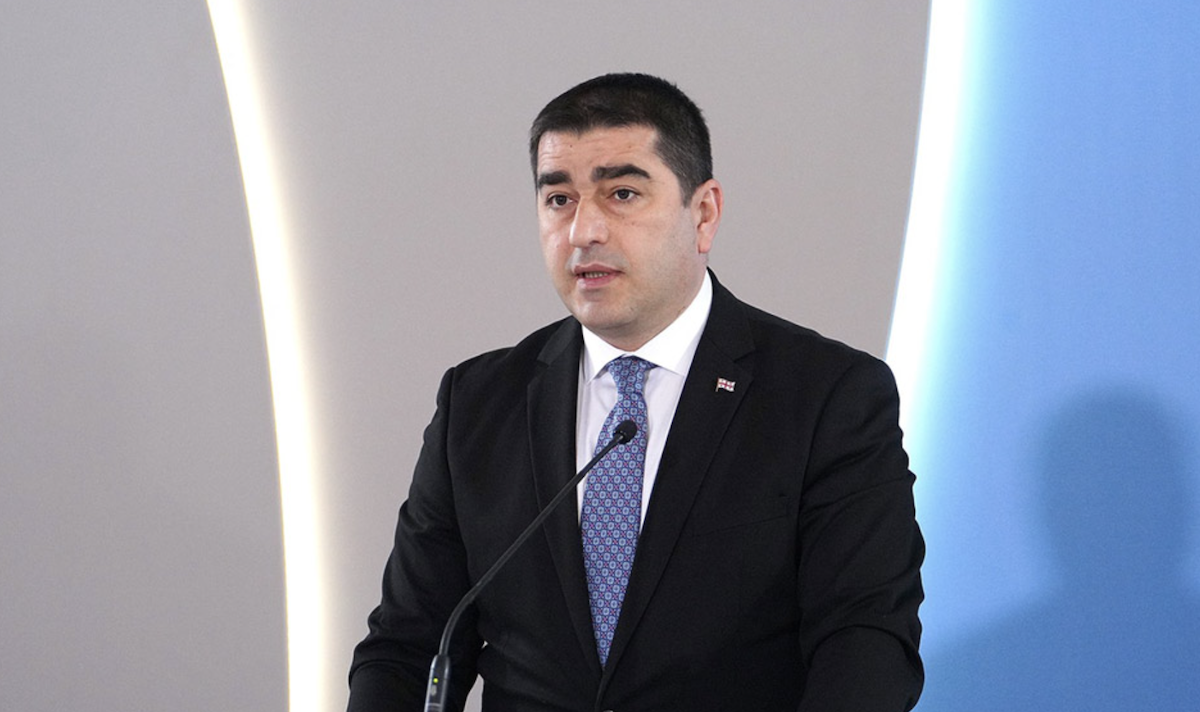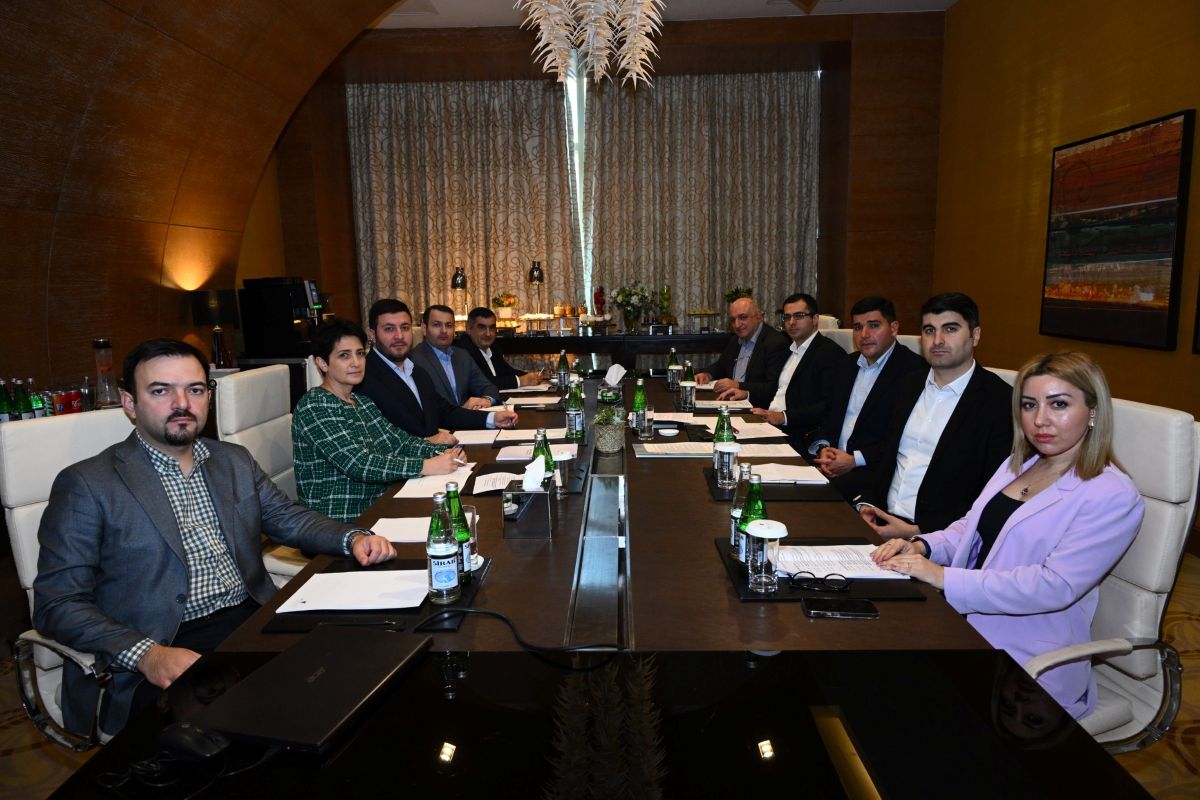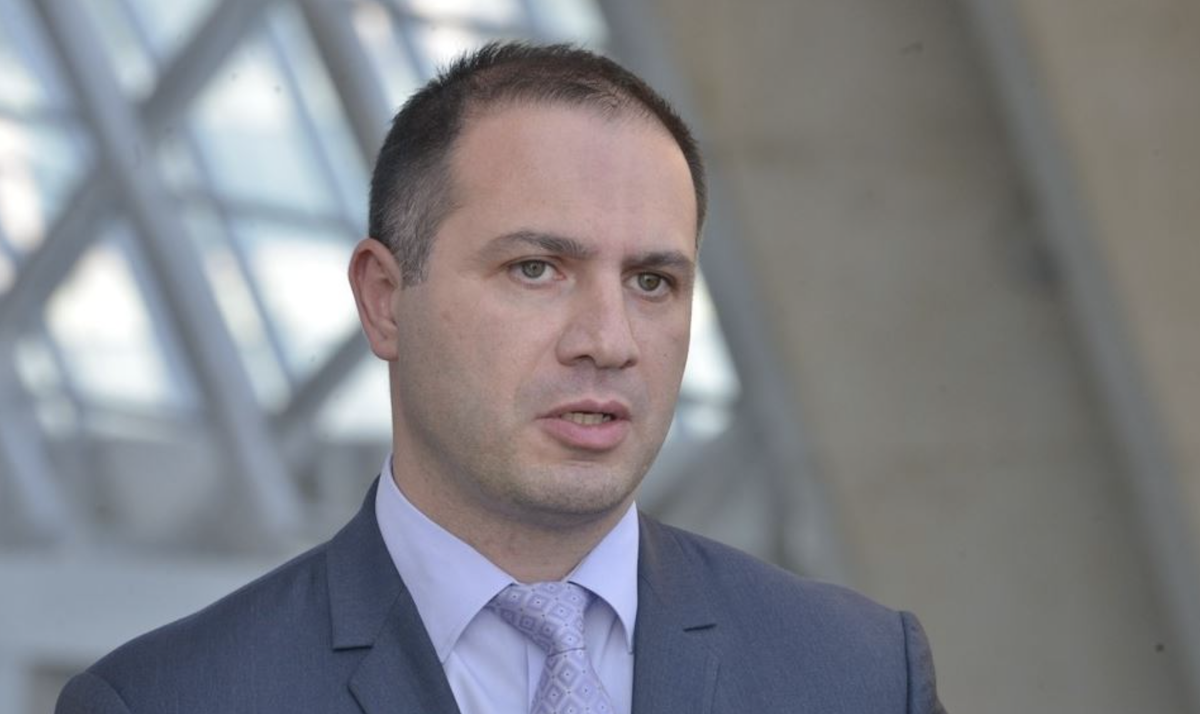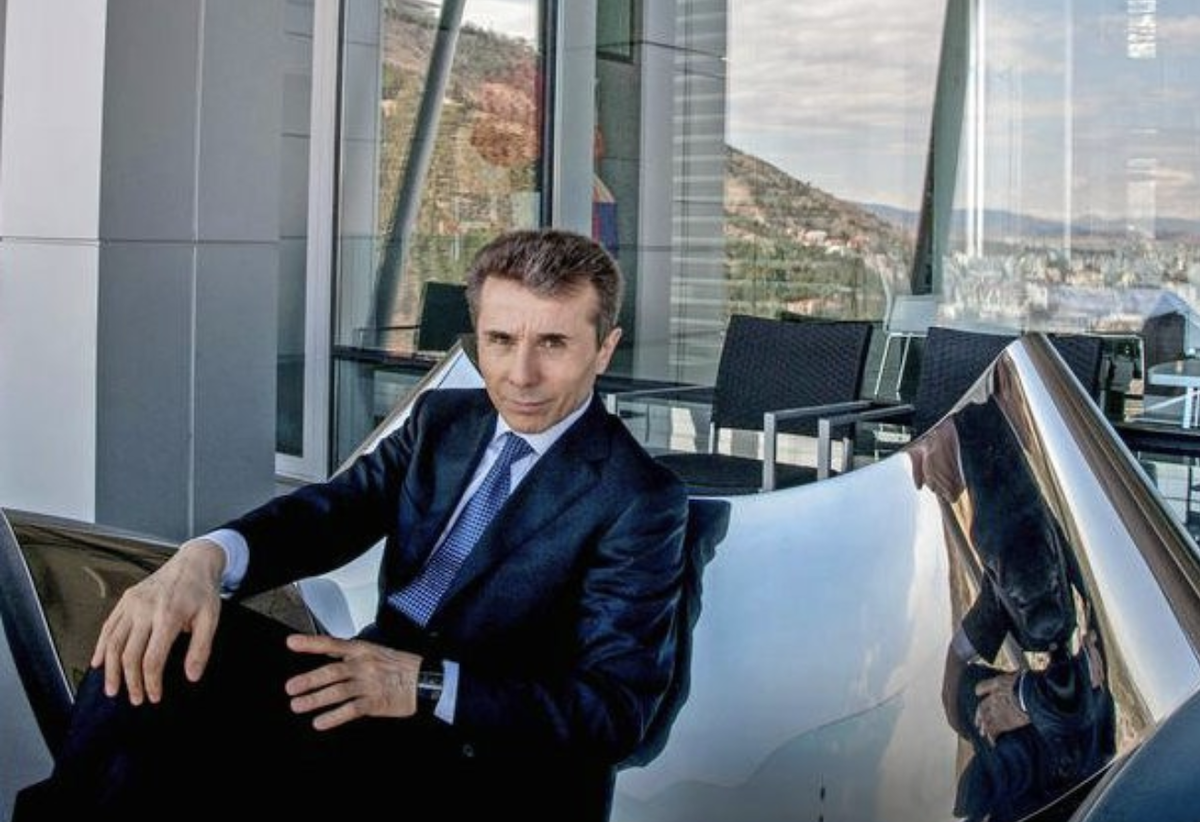Armenian and Azerbaijani journalists carry out exchange in complete secrecy
The Foreign Ministries of Armenia and Azerbaijan have officially confirmed that they have jointly implemented a project of exchange trips of journalists between November 17 to 21.
Three Azerbaijani journalists visited Armenia and Nagorno-Karabakh. Almost simultaneously, two journalists from Armenia and one from Karabakh visited Azerbaijan.
The journalists met with local experts and officials. However, the trips were organized in complete secrecy, and journalists refuse to tell any details about who they met and what was discussed.
On what JAMnews did manage to figure out below.
Secrets
The Armenian Foreign Ministry officially announced the “exchange” trips on November 23, that is, when all the journalists had already returned home. The Foreign Ministry of Azerbaijan made its own announcement later that day.
But rumors about this project appeared a week before the visits. However, in no country was this message confirmed or denied.
The training, selection criteria and the trips of journalists themselves were held in complete secrecy. According to some of the journalist participating in the project, it was coordinated by the office of the OSCE Chairman-in-Office, on the basis of agreements that were reached during the meeting between the Prime Minister of Armenia and the President of Azerbaijan in March 2019.
Information from Yerevan
Shant TV columnist Artem Yerkanyan, editor-in-chief of Mediamax news agency David Alaverdyan went from Armenia to Azerbaijan, and journalist of Public Television Edgar Elbakyan from Nagorno-Karabakh.
“The representative of Karabakh went to Azerbaijan precisely as a Karabakh journalist, not just an Armenian, but Azerbaijani journalists also came to Karabakh. The itinerary of the visit to Karabakh was outlined by Stepanakert at the level of the Foreign Ministry,” Artem Yerkanyan said in an interview with Shant TV channel.
He also said that in Azerbaijan they held a series of meetings, information about which they cannot provide.
This was also confirmed by the editor-in-chief of the Mediamax publication David Alaverdyan. He said that according to the program, no meetings with political figures were held:
“The only officials we met at the dinner table were the press secretary of the Ministry of Foreign Affairs of Azerbaijan Leyla Abdullayeva and experienced diplomat Huseyn Huseynov. They presented their personal opinions, and our conversations were conducted in an off-the-record format.”
Meanwhile, Armenian journalists were able to communicate directly with ordinary citizens of Azerbaijan.
“For example, when the seller in the store found out that we are Armenians, it was a shock to him, but there was no negative attitude,” said Artem Erkanyan.
As part of their visit, journalists also met with representatives of civil society and public organizations. The meeting was attended by a representative of the public organization ‘Azerbaijan Community of Nagorno-Karabakh’. However, according to Yerkanyan, he was not active during the meeting. In general, the meeting was held, according to participants, constructively.
“However, we should not forget that this is clearly the result of instructions from the relevant structures of Azerbaijan,” Yerkanyan said.
Armenian journalists in their articles about the trip also talk about the numerous guards that accompanied them: 12-13 of them.
David Alaverdyan in his article admitted that, in going to Baku, he, first of all, wanted to find the answers to two questions:
• what is Azerbaijan preparing for – for peace or for war?
• What concessions is Azerbaijani society prepared for in order to peacefully settle the Karabakh conflict?
“I did not get an answer to the first question, but it seems that ordinary Azerbaijanis, like the Armenians, do not want a new war and hope that sooner or later the problem will be solved peacefully,” Alaverdyan writes.
As for the concessions, then, according to the editor, there is absolutely no reason for joy.
“De jure, the independence of Artsakh is simply driving the Azerbaijanis crazy: journalists, representatives of public organizations and officials.”
And the Karabakh journalist Edgar Elbakyan wrote on his Facebook page:
“During our visit, we … met with representatives of the press, the public sector, visited various interesting and wonderful places … All four days from a research and investigative point of view gave us great material …
“I assure you, Armenian statehood would not have the place and prospects of existence on the map of the region if we lost the war in the 1990s. I was finally convinced of this by our trip, which took place in an extremely positive and warm atmosphere.”
On the utility of the trip
Speaking about the outcome of the trip, David Alaverdyan, addressed those ‘who say such visits are meaningless.’
“I am for allowing other Armenian journalists to go to Azerbaijan. I also want Azerbaijani journalists to come to Armenia and especially to Artsakh. I understand that their reports are not always objective and truthful. But it is also an indicator of how different we are and how much more free and diverse our society is.
“You can be sure that any such visit contributes to the conviction that Artsakh cannot be part of Azerbaijan. At least these three Azerbaijani journalists already know this.”
Artyom Erkanyan also shared his thoughts on the outcome of this trip in an interview with Radio Azatutyun [ed. the Armenian service of RFE/RL]:
“We have no illusion that with these visits we will achieve a solution to the problems and sign a peace agreement. The goal is to contribute to some extent to creating an atmosphere of trust, resulting in fewer casualties on the line of contact. It is clear that, compared with previous years, the number of victims has decreased at least three times. And if our visits will contribute to this, then I believe that we need to continue this.”
Expert opinion
Political scientist Stepa Safaryan believes that these visits are moving in the right direction for the development of events:
“If the parties continue to communicate, I do not mean to negotiate, if they continue to communicate, at the level of country leaders, at the level of the media, NGOs, this means that they are thinking about solving the problem without war. It is an important, small, but very important tool for maintaining peace. At least we, the societies of Armenia and Azerbaijan, will hear those voices that we don’t hear so often, because there is a very big wall between us.”
According to the chairman of the Yerevan Press Club, Boris Navasardyan, the importance of such mutual visits can be discussed only after the publication of journalists:
“If these publications help Azerbaijani and Armenian societies better understand the mood and perception of the conflict, this may already have some influence on the future process. If these mutual visits are limited to the fact that three of our partners from Azerbaijan and Armenia arrived, saw something there and met with someone there and everything remains in them [and not shared], then, to be honest, I cannot see the point in such mutual visits.”
The view from Baku
Information from Azerbaijan is still very scarce.
The media is asking questions that no one is in a hurry to answer.
In fact, only the names of the journalists who participated in the project are known. This includes the editor-in-chief of Trend News Agency Elchin Valiev, correspondent of 1news.az website Elshan Rustamov and correspondent of the Azerbaijani edition of the Vestnik Kavkaza website Orkhan Elchuev.
Statements of the exchange participants
According to Elchin Veliyev, the parties agreed among themselves that the journalists who had visited the trip will write materials for the media that they work for, and until then they will not give any comments to anyone.
“I guess I will write a special, large article out of this. And then I will be able to answer questions,” Veliyev said.
Elshan Rustamov was photographed in Karabakh and published these photos on his Facebook page with the caption ‘Native Lands’. So far, these are the only photos from the trip, and the Azerbaijani media are actively republishing them.
Comments of the Ministry of Foreign Affairs
The Ministry of Foreign Affairs of Azerbaijan made a laconic statement after the Armenian side. It only reported that Azerbaijani journalists traveled “to Armenia and the Nagorno-Karabakh region of our country, including the city of Shusha.”
As for Armenian journalists, the ministry said they “met with Azerbaijani colleagues, representatives of NGOs, academia, as well as with the Azerbaijani community of the Nagorno-Karabakh region of Azerbaijan. During their stay in Azerbaijan, Armenian journalists also visited Muslim, Christian and Jewish religious shrines.”
Other journalists’ reactions
Asaf Guliyev, a journalist and veteran of the Karabakh war, is unhappy that Armenian media were the first to disseminate information about the trip. He also did not like the terminology used by the Azerbaijani Foreign Ministry in its statement:
“Until the end of the trip everyone was silent about it. And suddenly the Ministry of Foreign Affairs of Armenia made a statement saying, among other things, that the Azerbaijani journalists [had been to] Armenia and Nagorno Karabakh. And the Azerbaijani media were forced to link to Armenian sites. It would seem that there is nothing [bad] about this. But the Armenian information machine never just disseminates information.
ARMENIA AND NAGORNO-KARABAKH … That is, the Armenian propaganda actually presented Karabakh as a separate entity. And we disseminated it. Following this, the Azerbaijani Foreign Ministry said that the Azerbaijani journalists visited the “Nagorno-Karabakh region of our country” instead of calling these lands “occupied”. Thus, so far, Armenia is winning 1-0. Now it remains only to wait for what our colleagues will write. Can they even the score?”
JAMnews political analyst Shahin Rzayev does not consider this a journalistic trip, and does not expect any benefit from it.
“The journalist should be free to collect information and the subsequent presentation of the material. If someone censors his work, whether it be the special services, the ministry, the OSCE, or even the Pope, then this is no longer a journalistic trip, but a secret official trip of press secretaries. The purpose of which is to show that the OSCE over the past 25 years has done something to resolve the Karabakh conflict. I do not expect any benefit from this trip.
“Firstly, because of the censorship already mentioned, and secondly, because of the secrecy. I think that the Armenian and Azerbaijani authorities are simply dragging out the time until the presidential elections in Karabakh, scheduled for September 2020. Then, perhaps, the situation will change. Until then, let the journalists go back and forth at least a hundred times, the authorities are unlikely to be ready for change. In the meantime, the authorities are not ready for this, it is very naive to believe that journalists or NGOs can do it,” Rzayev says.
Shakhin Rzayev himself visited Armenia and Karabakh several times in the 90s and 2000s, and says that those trips took place in a completely different format and atmosphere:
“For example, we calmly went to a meeting of the intelligentsia, spoke live on the air, wrote reports, and no one put us down any prohibitions, we did what we thought was necessary. True, even then there was no particular benefit from this, but at least everything was not so classified and censored as it is now.”



















